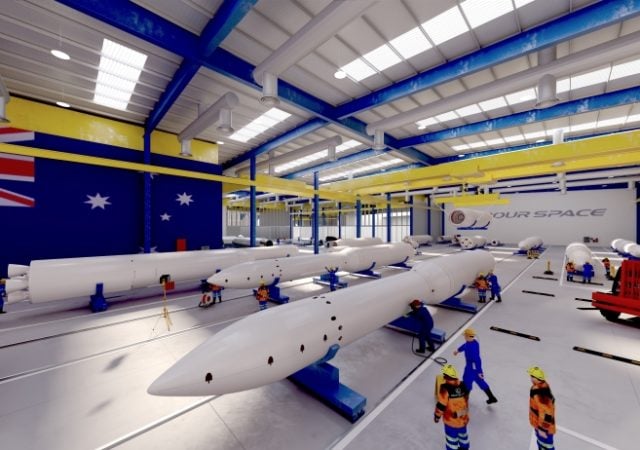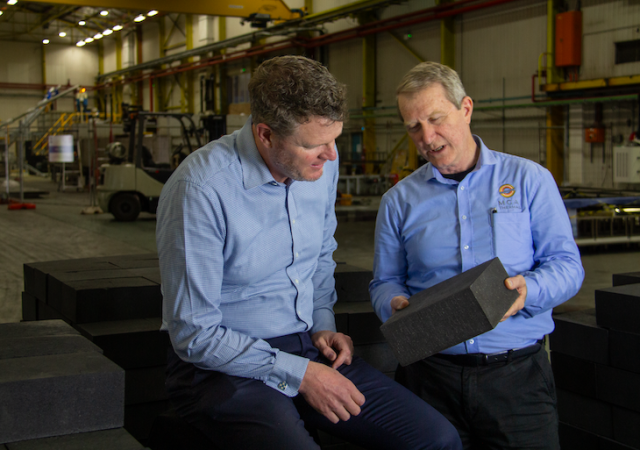Smart Energy co-founders Beau Savage, Elliot Hayes & Jasper Boyschau
When we started our solar company Smart Energy three years ago we had just enough money to sign a lease on a warehouse in Byron Bay and buy one pallet of solar panels.
We needed every penny we could get so we saved money by sleeping on an air bed in the warehouse at night, and working from there during the day.
We often get asked about our decision to not take on any funding and it really came down to the fact that we wanted the guarantee that we could run our business according to our vision, on our own terms.
Thinking back on the initial stages, the lessons we learnt have been invaluable; they’ve shaped the way we run our business today.
But if I could go back in time and give myself a lesson on bootstrapping, these are the things I would teach myself.
1. Manage cash flow
Where possible, stay cash-positive. Having a healthy, cash positive business has given us the capacity to scale. It’s not been without its challenges, but reducing our level of debt was vital for us to save money for inventory.
Once we understood our margins, we set up a budget to control our expenses and set targets for our sales. We quickly learnt how effective this is for isolating specific problems and identifying opportunistic areas of our business.
After our first year in business, we were growing rapidly and opened several additional offices and warehouses across Australia. Forecasting became imperative to our success; it gives a picture of the future of your business is a great way of seeing how you want your business to look years from now.
2. Negotiate with, and build relationships with suppliers
In negotiating, being prepared is key. Before any negotiation with a supplier I set objectives, I understand my primary goal and what will help the business the most at this time.
Is it delivery times, price and payment terms, maintenance arrangements, or product support?
I develop a list so I know exactly what I am willing to compromise on and have my preferred outcome established.
3. Stay lean
Running a lean operation is a fairly obvious one. Building your headcount comes at a cost, so as with most entrepreneurs, in the early stages of business we did as much as we could ourselves.
We were hitting the phones and cold calling, managing inventory, hiring, you name it, we did it. It taught us about surviving with limited resources and forced us to only focus on what brings the most value.
This becomes harder as you scale and get to a point that you do need to hire. We make a point of hiring people that are on-board with our vision, share similar values, and are prepared to work hard. Our philosophy is to hire experts and put trust in people to make their own decisions. We really empower our staff so they understand that this is their business too.
4. Prioritise things that are actually going to move the needle
As we have expanded to 11 offices and grown our team to 180 staff, our outgoings have increased significantly.
Understanding the return on investment and knowing what to focus on with our spending has been key.
To this day, when making any key significant purchasing decisions, we ask ‘Will spending this money help us acquire a customer or improve their customer experience?’ If the answer is no, we don’t spend it.
5. Know when an idea isn’t working/pivot
Coming up with good ideas to drive growth is paramount, but what I didn’t truly understand when starting out in business is that knowing when an idea isn’t working is just as important.
Every business has to pivot at some point. When we started getting feedback from our customers, it fundamentally changed the way we do business. It enables us to make informed decisions and pivot when we need to, we don’t waste time on ideas that aren’t helping move the needle.
6. Keep it simple
Don’t over-engineer.
- Elliot Hayes is a director and co-founder of Smart Energy




















Trending
Daily startup news and insights, delivered to your inbox.